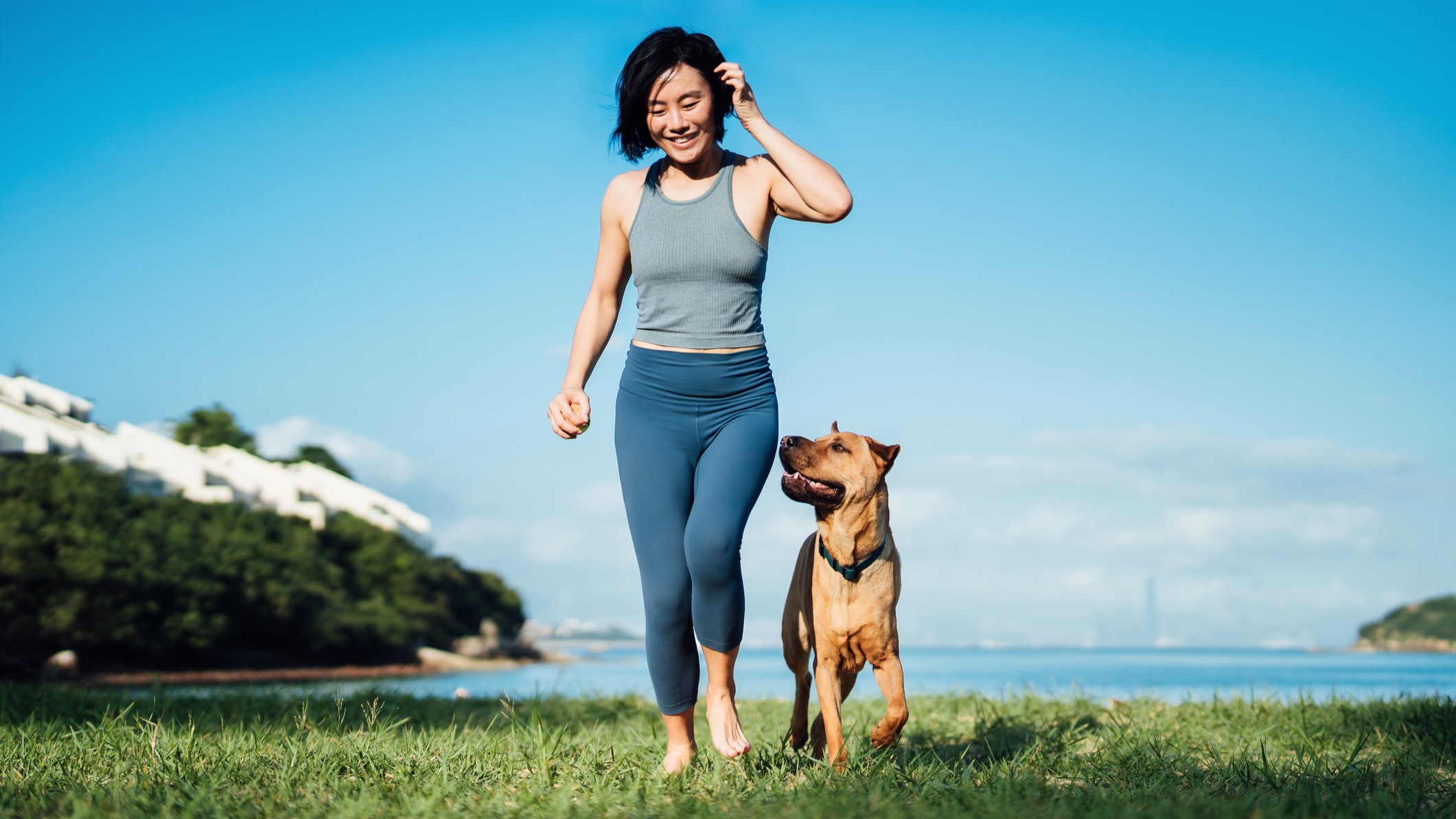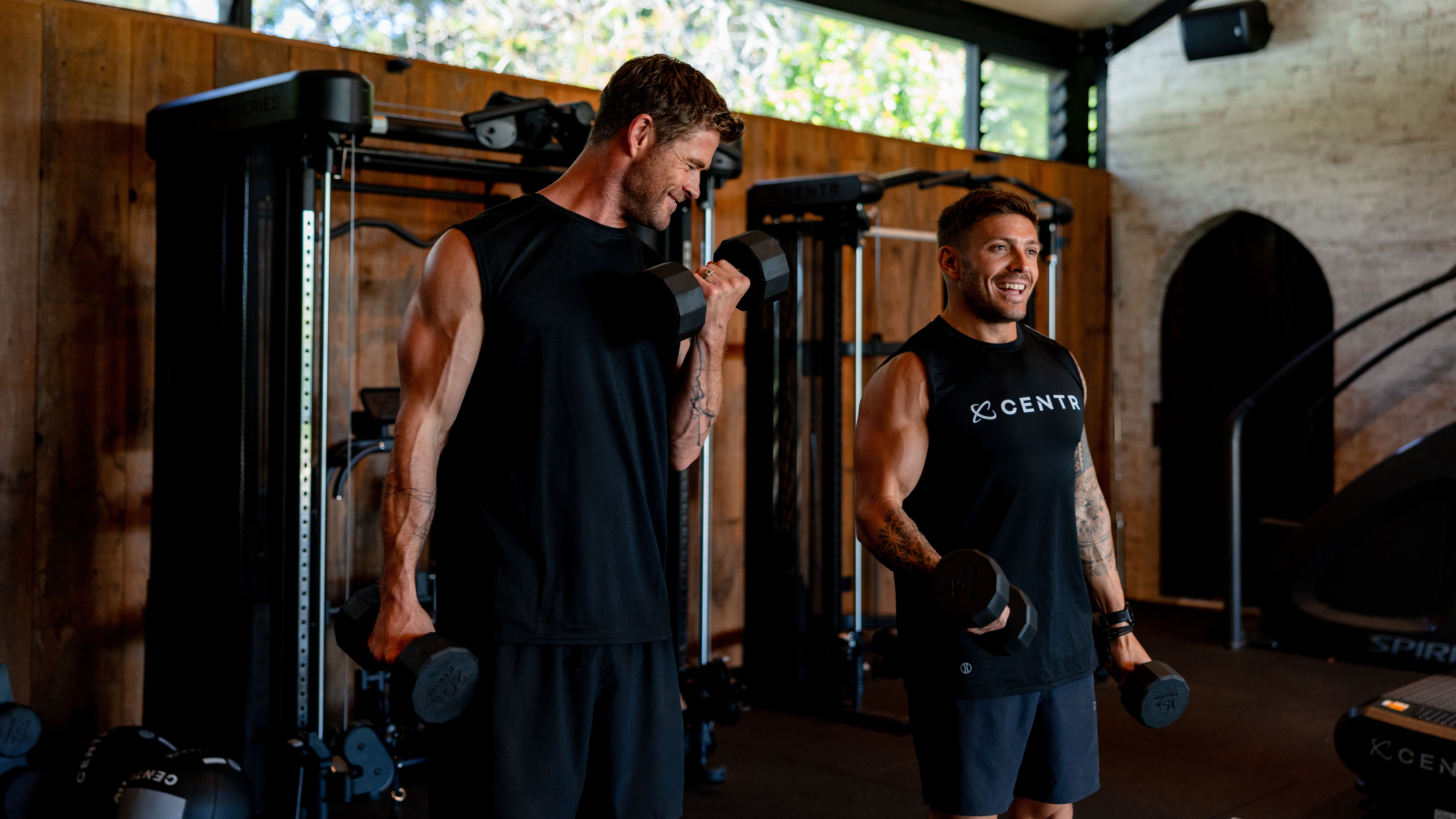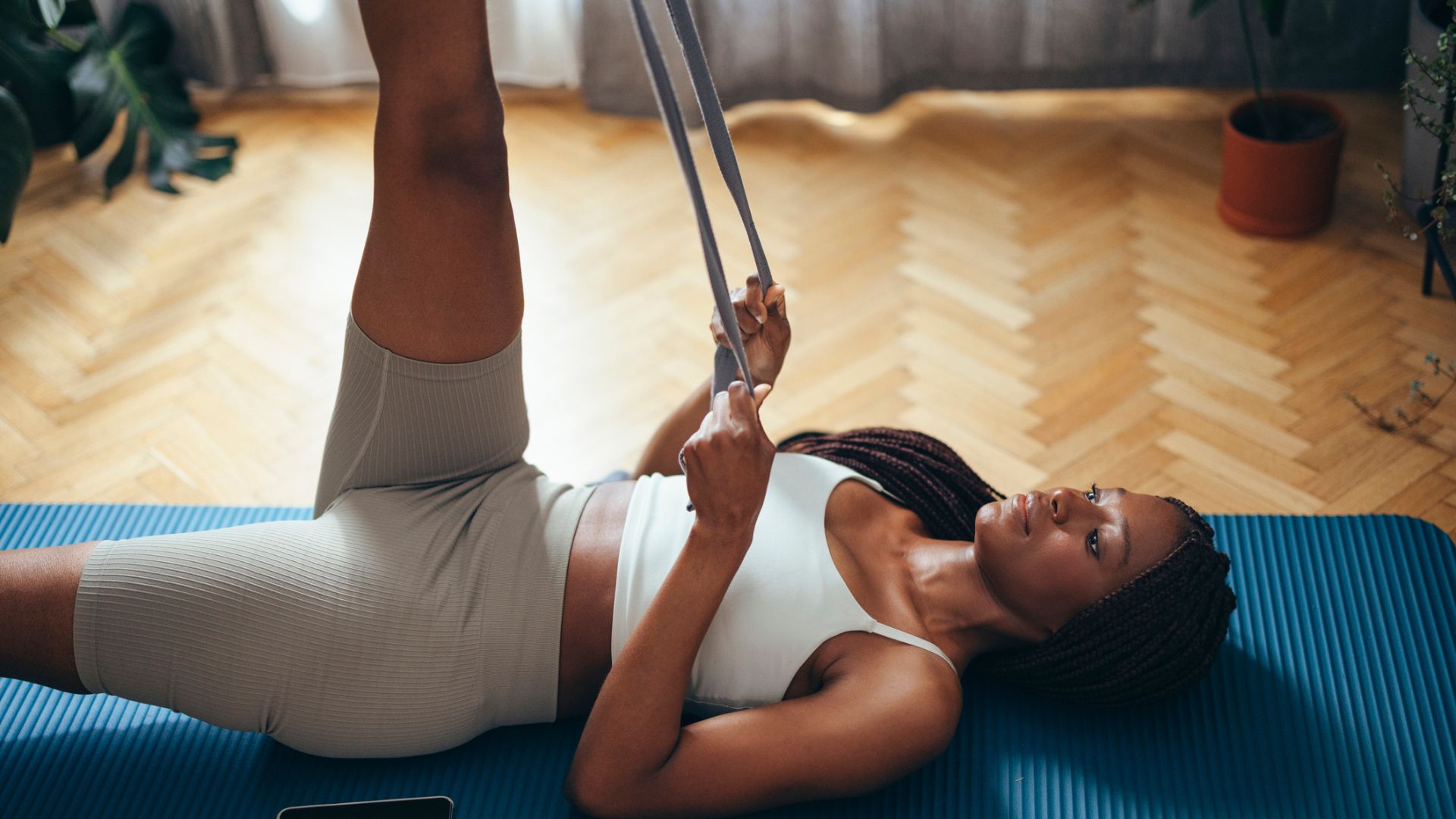I increased my step count back to 10,000 a day after time off—here’s how I did it sustainably
It took me five weeks to get back to the ideal range

If you’re under 60, you should aim to walk between 8,000 and 10,000 steps a day to feel some of the major benefits of walking, such as improved joint health, better mental health and an increased metabolism.
That's according to a CDC-funded meta-analysis from 2022 that used data from 15 studies and more than 47,000 adults.
The science is persuasive, but unfortunately, sometimes life has other plans. A year ago, I was diagnosed with an energy-limiting illness, which meant that some days I struggled to raise my head, let alone walk.

My weight began increasing from the lack of activity, my stamina decreased and my mental health deteriorated.
Although my health has improved and my capacity has slowly increased, I’ve not dared to push my daily step count above 6,000 steps a day for fear of worsening my symptoms.
However, I really like walking, it’s a great way to hang out with my dog and explore my local area.

I’ve had the chance to interview several walking experts and they’ve all told me that progressive overload—the principle of gradually increasing the physical challenge of weight lifting to build strength safely—also applies to walking.
Get the Fit&Well Newsletter
Start your week with achievable workout ideas, health tips and wellbeing advice in your inbox.
It means that to increase your step count, you need to keep any increases in activity between 5% and 10% a week—especially important if you’re trying to pace your way through an energy-limiting illness.
As the days got longer, I resolved to put this advice into practice and work my way back up towards 10,000 steps a day.
Here's what I aimed for, week by week:
- Week 1: 6,600 steps a day
- Week 2: 7,200 steps a day
- Week 3: 7,900 steps a day
- Week 4: 8,700 steps a day
- Week 5: 9,600 steps a day
- Week 6: 10,400 steps a day
Despite my illness, I stuck to this plan fairly consistently, with no more than one day off at a time. I made sure to listen to my body—the Visible Health app is a great help—and took days off if I needed to, but it was surprisingly achievable.
I found I needed a rest after the longer walks, so instead of extending my daily walks, I started adding another outing to account for the increase in steps.
The initial increases were covered by a five-minute walk to the shop and back or going around the block with the dog, but as the increases got larger, I added an extra walk after work, extending the distance week on week until I was doing an extra 4,000 steps every day.
Now, I try to get out for a 15-minute saunter as it gets light and again as the sun goes down, as well as a longer walk in the middle of the day.
I noticed the size of the increase in weeks four, five and six, but it was still manageable. I found that I slept more deeply and for longer at night, but my sleep was refreshing enough that I could do it again the next day.

My mood also dramatically improved because I was spending more time outdoors and connecting more with the natural world and my own body.
Instead of rushing in and out for dog walks so I could sit down again, I tried to slow my pace down to make the longer distances manageable.
This gave me time to observe the changing season, watch insects and birds go about their business, and enjoy my dog as she enjoyed sniffing around.
I was also constantly checking in on myself and my energy levels, so it helped improve my body awareness and grounded me more in myself.

Lou Mudge is a Health Writer at Future Plc, working across Fit&Well and Coach. She previously worked for Live Science, and regularly writes for Space.com and Pet's Radar. Based in Bath, UK, she has a passion for food, nutrition and health and is eager to demystify diet culture in order to make health and fitness accessible to everybody.
Multiple diagnoses in her early twenties sparked an interest in the gut-brain axis and the impact that diet and exercise can have on both physical and mental health. She was put on the FODMAP elimination diet during this time and learned to adapt recipes to fit these parameters, while retaining core flavors and textures, and now enjoys cooking for gut health.
-
 Build blockbuster arms and abs with Chris Hemsworth's go-to dumbbell circuit
Build blockbuster arms and abs with Chris Hemsworth's go-to dumbbell circuitAll you need are adjustable dumbbells and 20 minutes
By Sam Rider Published
-
 Forget crunches—if I wanted to improve core strength I'd do this neck-friendly Pilates workout
Forget crunches—if I wanted to improve core strength I'd do this neck-friendly Pilates workoutAnd it takes just five minutes
By Maddy Biddulph Published